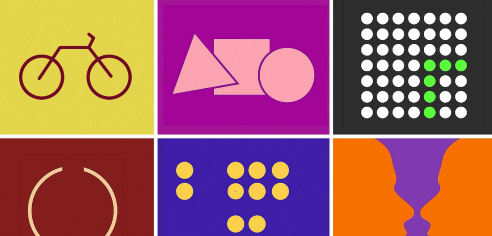Create Strong Design and Layouts with Gestalt Theory
Release date:2023
Duration:00 h 34 m
Author:Lindsay Marsh
Skill level:Beginner
Language:English
Exercise files:Not Provided
About This Class
Gestalt theory and its principles are crucial in graphic design, and this class will help you understand how it all works. Originating from Gestalt psychology in Germany in the early 20th century, this theory is based on how the human brain processes and categorizes visual information.
Have you ever found yourself unconsciously searching for patterns, shapes, and meaning in everyday objects and images, such as clouds or random forms? This is the foundation of Gestalt theory and what it aims to explain.
As graphic designers, it’s our job to create easy-to-digest visual messages that are organized and appealing to the viewer. Understanding the principles of Gestalt psychology is vital to achieving this goal.
This class will review some of the laws associated with Gestalt theory and how they relate to design. You’ll gain comfort in identifying various Gestalt principles, and we’ll explore many real-world examples together. As part of the course, you’ll also work on a student project that allows you to discover these design principles in action.
By the end of this class, you’ll have a deeper understanding of Gestalt theory and how it can be applied in graphic design to create effective and engaging visual messages.





 Channel
Channel






can you add this course please—–https://www.schoolofmotion.com/courses/demo-reel-dash